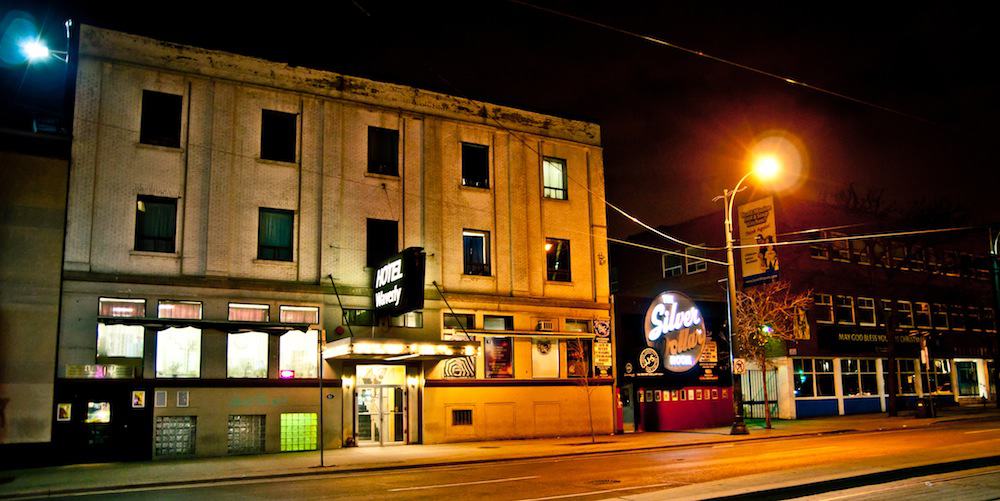The Hotel Waverly and Silver Dollar Room will remain as they are for the time being. The Wynn Group had proposed plans to tear down the buildings to build a high-rise for the purpose of a privately run student residence. The Toronto and East York Community Council (TEYCC) — a City of Toronto community council that makes recommendations and decisions on local planning and development — criticized the proposed building for its size.
The proposed plan was to include a mixed-use student residence building with a fitness centre and a juice bar on the second floor. The Wynn Group also planned to redo the Silver Dollar Room. The building would have had a total floor area of 14,676 square metres, with 1,622 square metres allocated to the non-residential floor area and 13,054 square metres allocated to the residential areas above. The plans also called for 202 residential units and three levels of underground parking.
The TEYCC cited a number of concerns with the proposal, including the proposed building height of 70 metres — four times the 16-metre height permitted under relevant zoning laws. This spring, Toronto’s Heritage Preservation Services — a section of the City Planning division that advises on the conservation of heritage resources — is expected to decide whether the existing buildings should be designated as heritage properties.
According to a report released by the TEYCC on January 15, “The proposal in its current form is not supportable. The proposal does not promote a harmonious fit with the existing neighbourhood context, and is not consistent with the relevant Official Plan Policies.”
The Wynn Group’s proposal is one of a number of recent student housing projects intended to address the increased need for housing at U of T. As the university increases its international student enrolment and nearby reasonably priced living spaces are increasingly hard to find, both U of T and private organizations have tried to fill this gap. U of T estimates it will need 2,000 more beds by 2020 to meet the first-year residence guarantee.
In December, a similar proposal went to a hearing at the Ontario Municipal Board (OMB). Knightstone Capital Management — a private development group — proposed a similar 25-storey building at the corner of College Street and Spadina Avenue. Community groups opposed this proposal, citing concerns such as densification, location, and building size. The OMB is expected to issue a decision soon.
Although the university supports the proposed Knightstone residence, the building would not be formally affiliated with U of T. The Scion Group — a company that runs privately owned student residences — was asked by Knightstone to run the residence.
There is also a proposal to tear down the Ten Editions Bookstore, the non-operational post office, and the volleyball court at 698 Spadina and 700 Spadina to build a new student residence. The plan, which is in its preliminary stages, was proposed by U of T.
George Luste, a resident of the area since 1971 and former physics professor at U of T, expressed concern over the loss of the bookstore. Luste also insists that any proposed residence building must provide some means of keeping the bookstore in operation.
“U of T students could lose a used bookstore of value to them if Ten Editions has to close due to the housing project by the University,” said Luste. “In addition, the neighbouring community would also lose, as would others, because quality used bookstores are disappearing in Toronto.”
The residents of the building and the bookstore’s owner, Susan Duff, have been told very little about the project, except for a brief meeting with the city indicating this proposal was underway. U of T has not contacted any of the affected parties in the area at this point.
Due to the necessity for more student residences, it is unlikely that these three cases will be the only instances of new residence building proposals in the coming years. The Wynn Group plans to appeal the decision to the OMB.


